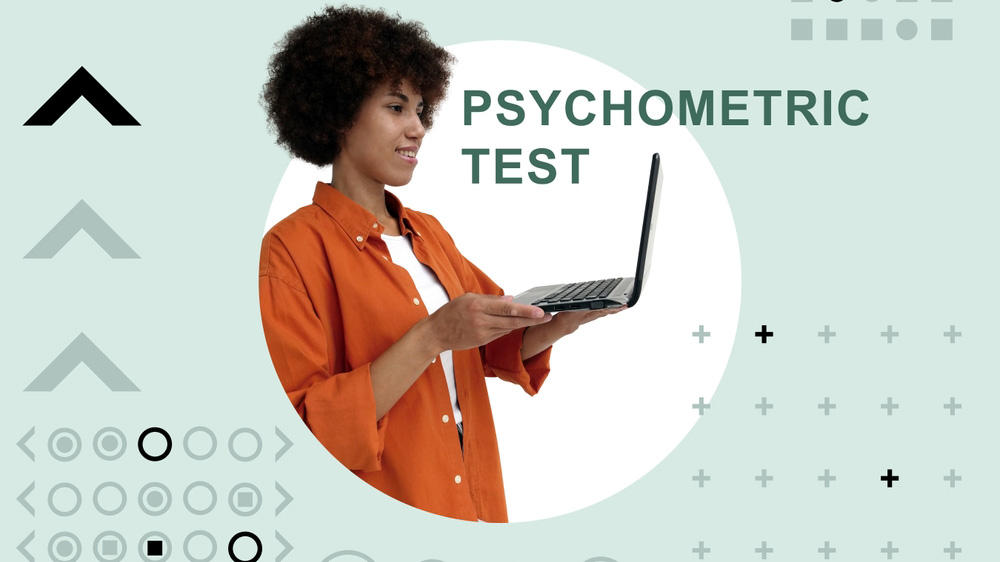Emotions are at the heart of our psychological well-being. Learning to identify, understand, and quantify them can be a real revelation for better managing our inner state. Long perceived as elusive, our emotions can now be measured thanks to various tools, ranging from the most subjective to the most scientific. Whether through self-assessment, mobile apps, or cutting-edge devices, it is now possible to take the pulse of our emotional state. Let’s explore together the most effective tools for measuring emotions and improving self-awareness.
1. Self-Assessment: The First Key to Emotional Measurement
Self-assessment remains the fundamental tool for understanding one’s emotions. This involves observing yourself, verbalizing your feelings, and taking a step back from your emotional experiences. Several methods exist:
- The Emotional Journal: Writing down what you feel each day helps to spot recurring emotional patterns.
- The Likert Scale: Rating your emotions on a scale from 1 to 10 helps quantify their intensity.
- Marc Brackett’s Mood Meter: Inspired by positive psychology, this tool divides emotions according to their intensity and valence (positive or negative).
Taking the time to analyze your emotions promotes better emotional regulation and greater emotional intelligence.
2. Mobile Apps to Track Emotions
Thanks to technological advances, several apps now assist you in measuring emotions each day.
- Moodpath: An app that evaluates your emotional state through daily questions and provides resources to improve your well-being.
- Daylio: A digital journal that lets you track your mood and identify activities that influence your emotions.
- Reflectly: Based on artificial intelligence, this app helps you understand your emotions through an interactive diary approach.
- Youper: An emotional assistant that uses artificial intelligence to analyze your emotions and suggest management strategies.
These apps provide personalized tracking and help identify emotional trends over time.
3. Psychometric Tests: A Scientifically Validated Approach
Psychologists use various tests to measure emotions more deeply. Among them:
- PANAS (Positive and Negative Affect Schedule): A test that evaluates the intensity of positive and negative emotions experienced over a given period.
- The Depression, Anxiety, and Stress Scale (DASS-21): A tool used to measure three fundamental emotional states.
- The Emotion Regulation Questionnaire (ERQ): Used to evaluate an individual’s emotional regulation strategies.
- Profile of Mood States (POMS): Frequently used in sports psychology, this test measures mood and dominant emotions.
These scientifically validated tests are often used by professionals to refine emotional diagnoses and offer tailored strategies.
4. Biometrics and Artificial Intelligence in the Service of Emotion
With technological advances, it is now possible to go about measuring emotions through biometric devices and artificial intelligence:
- Smartwatches and Stress Sensors: Devices like Garmin or Fitbit measure heart rate, heart rate variability (HRV), and stress levels to infer emotional states.
- Facial Recognition: Software like Affectiva or Microsoft Azure analyzes facial expressions to identify emotions in real-time.
- Voice Analysis: Tools like Beyond Verbal detect emotions based on voice variations.
- Brain Imaging: Neuroimaging, though mostly used in research, allows us to observe the brain areas activated according to the emotions felt.
These technologies provide objective, real-time measurements of emotions, leading to a more refined understanding of our inner state.
5. Hybrid Approaches: Combining Tools for Greater Accuracy
For optimal emotional measurement, it is recommended to combine several tools:
- Combine self-assessment and mobile apps for structured daily tracking.
- Pair psychometric tests with biometrics for a more objective view of your emotional state.
- Use artificial intelligence to analyze emotional trends and adjust well-being strategies.
The hybrid approach improves the reliability of results and offers more personalized emotional management.
Conclusion
Measuring emotions is no longer a mystery reserved for scientists. Thanks to emotional journals, mobile apps, psychometric tests, and biometric tools, everyone can learn to better understand their inner world. The stakes are high: better self-awareness improves emotional regulation, prevents stress, and enhances overall well-being. So, are you ready to explore your emotional universe?
Sources:
- Measuring Emotion: A Review of Existing Tools – Frontiers in Psychology
- The Science of Emotion Measurement – Nature Neuroscience
- Emotion Recognition and AI – Journal of Affective Computing
- The Role of Heart Rate Variability in Emotional Regulation – Psychophysiology Journal
- Facial Emotion Recognition: A Review – Springer
These sources will allow you to further explore the fascinating field of emotion measurement in help you refine your own emotional self-assessment!


